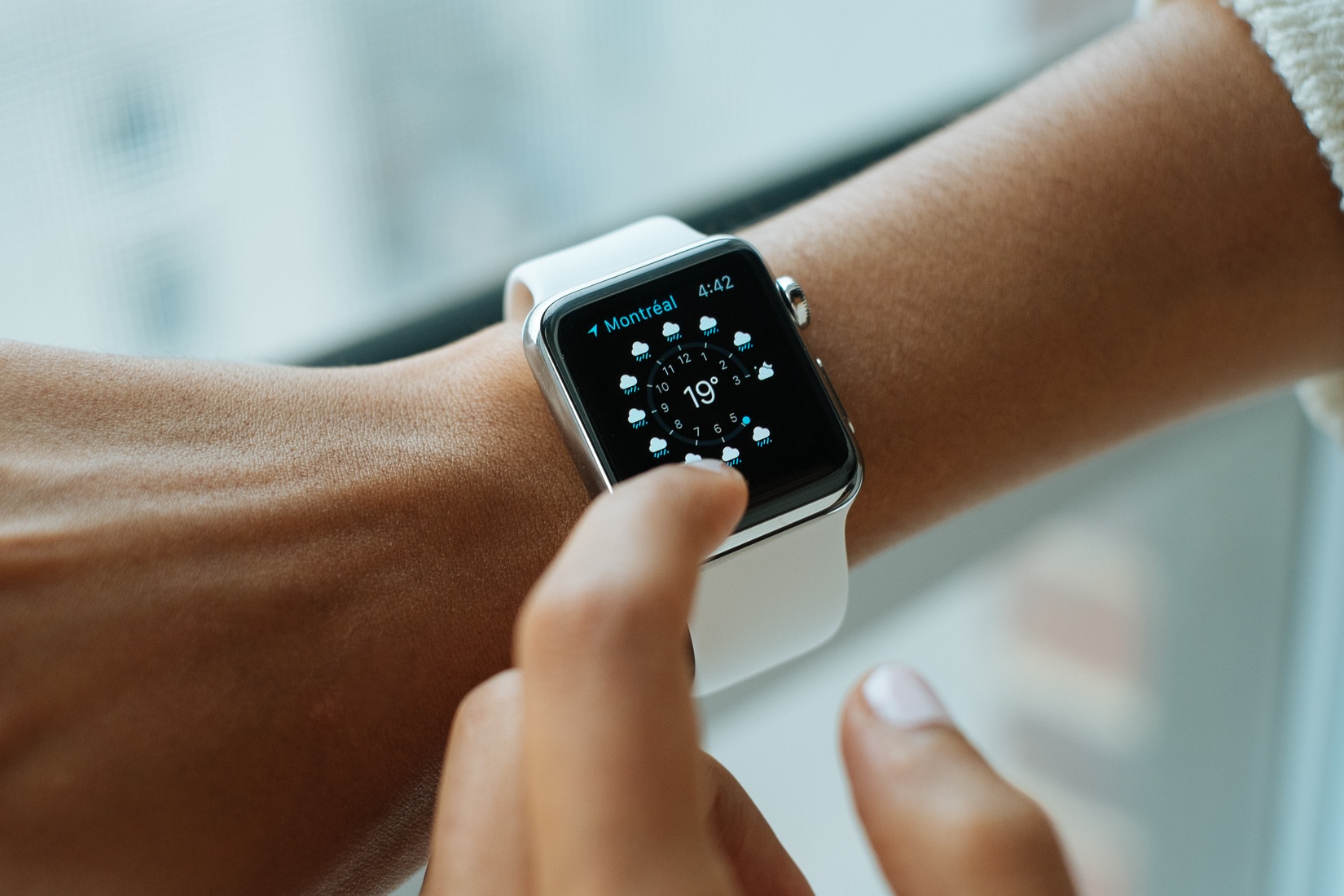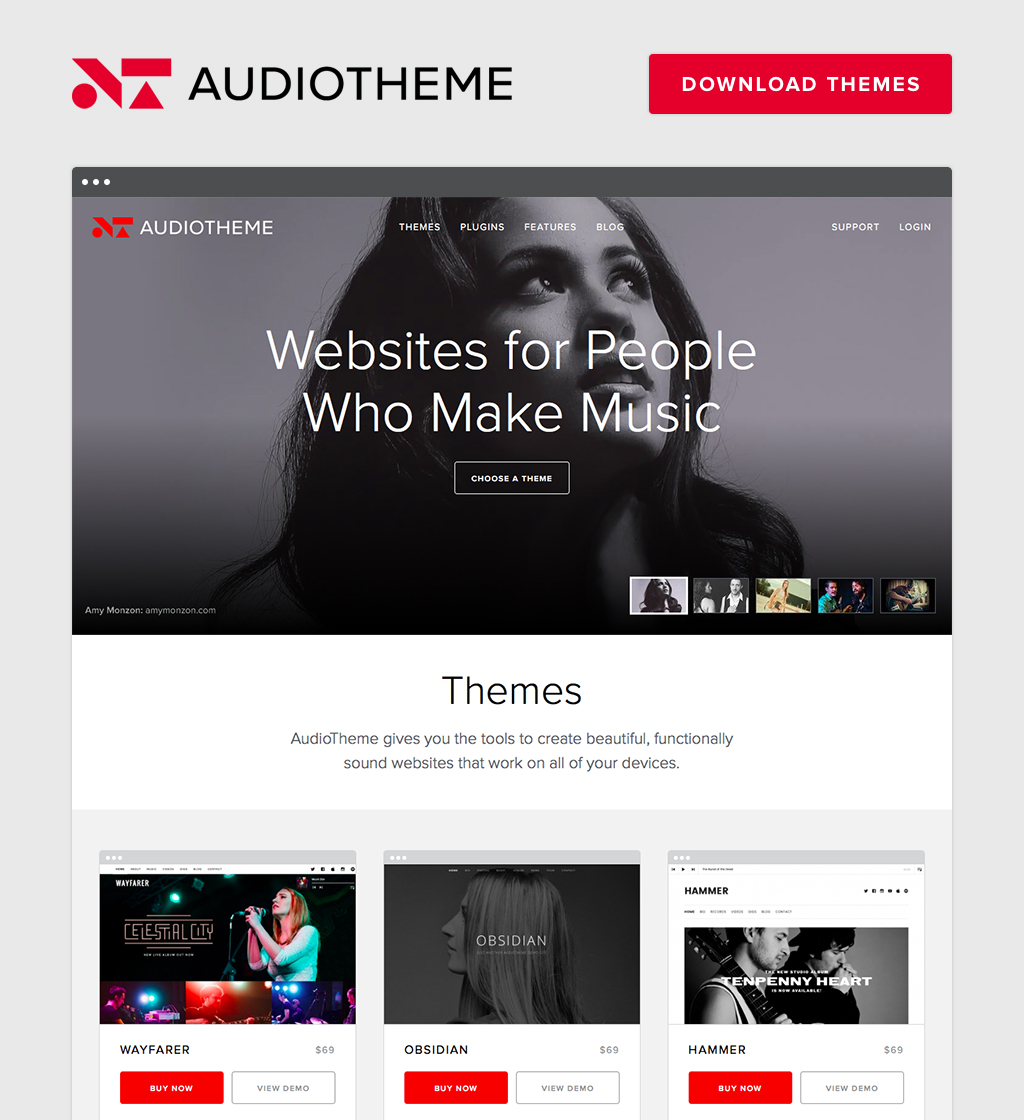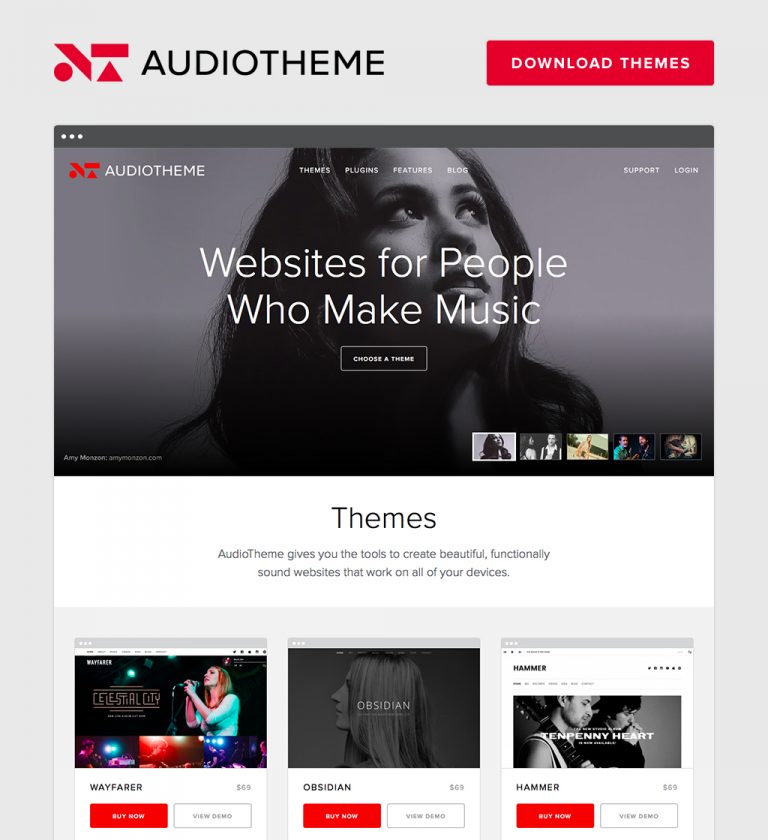
A gramophone record (phonograph record), commonly known as a vinyl record, long-playing record, or simply as a record, is an analogue sound storage medium in the form of a flat polyvinyl chloride (previously shellac) disc with an inscribed, modulated spiral groove. The groove usually starts near the periphery and ends near the center of the disc.
The phonograph disc record was the primary medium used for music reproduction until late in the 20th century. It had co-existed with the phonograph cylinder from the late 1880s and replaced it by the late 1920s. Records retained the largest market share even when new formats such as compact cassette were mass-marketed. By the late 1980s, digital media, in the form of the compact disc, had gained a larger market share, and the vinyl record left the mainstream in 1991. From the 1990s to the 2010s, records continued to be manufactured and sold on a much smaller scale, and were especially used by disc jockeys (DJ)s, released by artists in some genres, and listened to by a niche market of audiophiles. The phonograph record has made a niche resurgence in the early 21st century – 9.2 million records were sold in the U.S. in 2014, a 260% increase since 2009. Likewise, in the UK sales have increased five-fold from 2009 to 2014.
Phonograph records are generally described by their diameter in inches (12″, 10″, 7″), the rotational speed in rpm at which they are played ( 16 2⁄3, 33 1⁄3, 45, 78), and their time capacity, determined by their diameter and speed (LP [long playing], 12-inch disc, 33 1⁄3 rpm; SP [single], 10-inch disc, 78 rpm, or 7-inch disc, 45 rpm; EP [extended play], 12-inch disc, 33 1⁄3 or 45 rpm); their reproductive quality, or level of fidelity (high-fidelity, orthophonic, full-range, etc.); and the number of audio channels (mono, stereo, quad, etc.).






